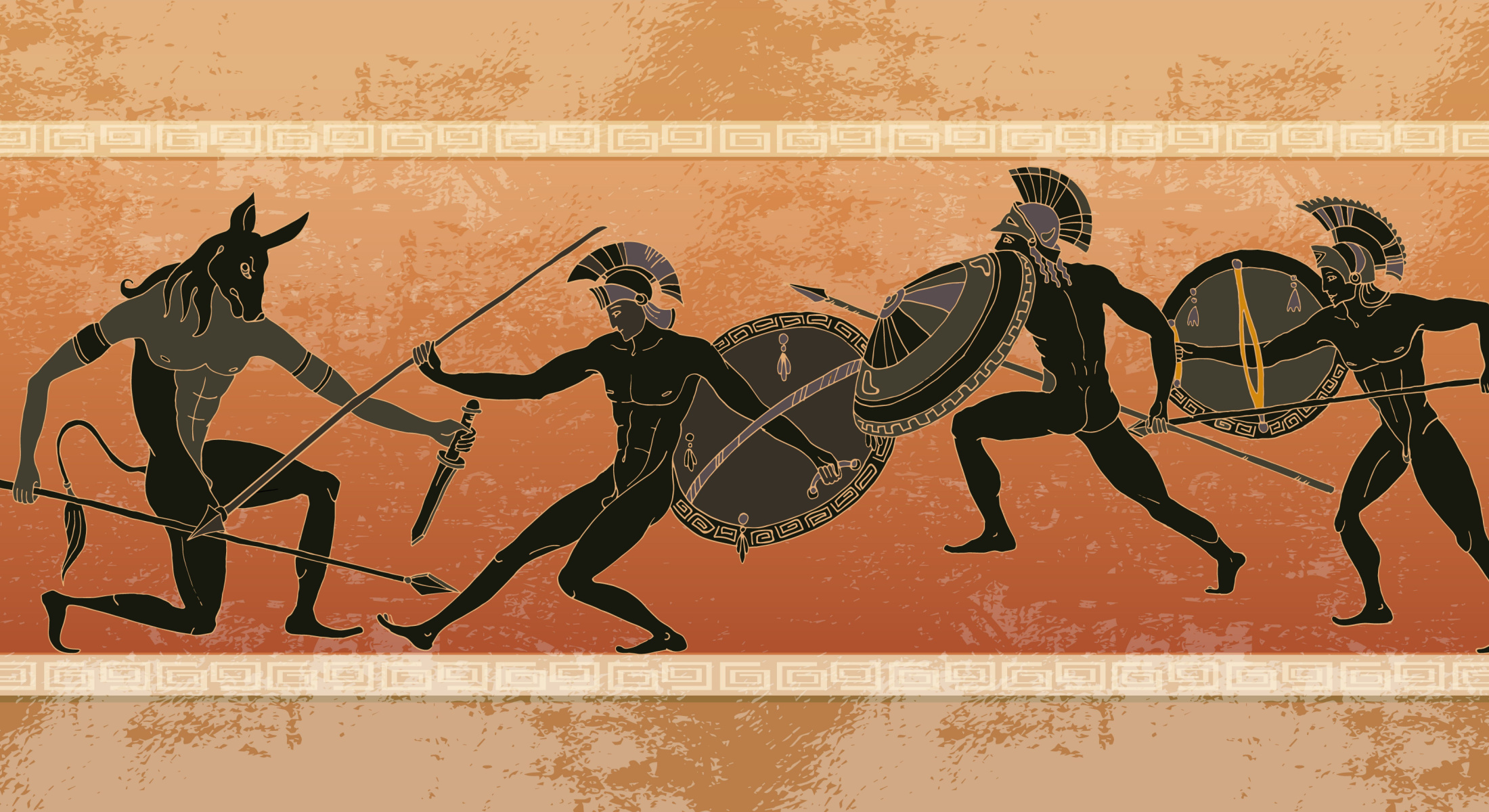
In the vast tapestry of Greek mythology, few tales captivate the imagination as profoundly as the story of the Minotaur. This mythical creature, half-man and half-bull, is enshrouded in the labyrinthine depths of Crete's ancient past. Join us on a journey through the labyrinth of myth as we delve into the fascinating narrative of the Minotaur.
The Birth of the Minotaur
The tale begins with King Minos of Crete, who sought to solidify his rule by calling upon the gods for a majestic white bull as a symbol of divine favor. However, Minos reneged on his promise to sacrifice the bull to Poseidon, incurring the wrath of the sea god. As punishment, Poseidon enchanted Minos's wife, Queen Pasiphae, causing her to fall in love with the magnificent creature. From this unnatural union, the Minotaur was born – a creature with the head of a bull and the body of a man.
The Labyrinth
To conceal the monstrous offspring, King Minos commissioned the brilliant inventor Daedalus to construct an elaborate labyrinth beneath the palace at Knossos. The labyrinth became an intricate maze, designed to confound and trap anyone who entered its winding corridors. Within this labyrinth, the Minotaur roamed freely, a fearsome creature awaiting its next victims.
The Tribute of Athens
To appease the wrath of King Minos, Athens was forced to send a tribute of seven young men and seven maidens every nine years. These unfortunate youths would be cast into the labyrinth as sacrificial offerings to the Minotaur. The hero Theseus, determined to end this gruesome tradition, volunteered to be part of the third tribute and set sail for Crete.
Explore Crete with a rental car from 13€ per day
The Heroic Quest of Theseus
Armed with a sword and guided by the love of Ariadne, King Minos's daughter, Theseus entered the labyrinth. Before facing the Minotaur, Ariadne provided him with a ball of thread to unwind as he ventured deeper into the maze, ensuring he could find his way back. In a dramatic encounter, Theseus confronted and ultimately defeated the Minotaur, escaping the labyrinth with the help of Ariadne's thread.
The Legacy of the Minotaur
The myth of the Minotaur endures as a symbol of the complexities of power, sacrifice, and the triumph of heroism over adversity. It has inspired countless works of art, literature, and even modern interpretations. The labyrinthine narrative continues to be a metaphor for the challenges we face, both external and internal, as we navigate the twists and turns of life.
The Minotaur myth remains a timeless and compelling story that echoes through the ages. Its symbolism and themes resonate with the human experience, inviting us to explore the depths of our own inner labyrinths. As we unravel the threads of this myth, we gain insights into the intricate tapestry of Greek mythology and the enduring power of storytelling.

 Car hire
Car hire





